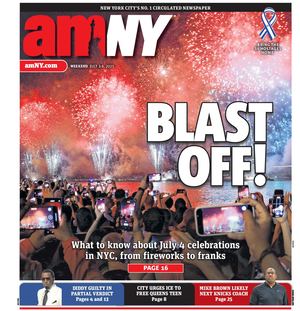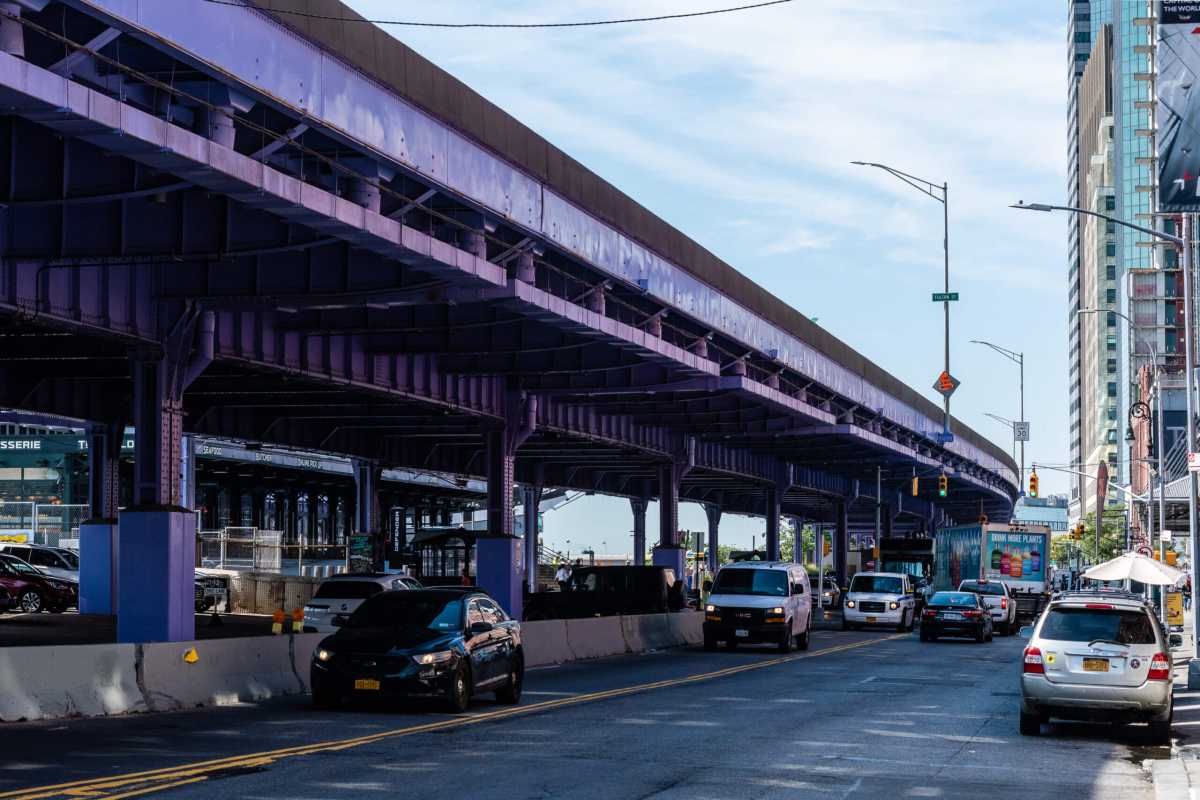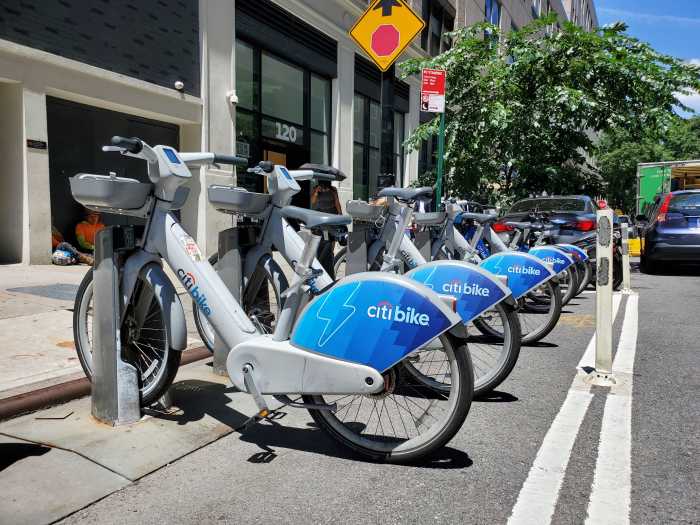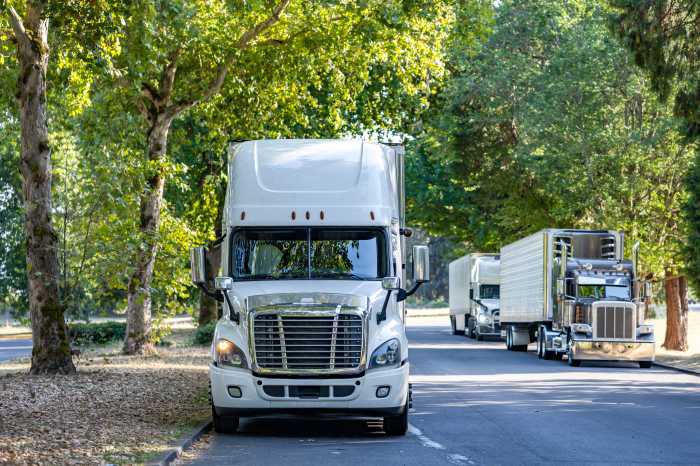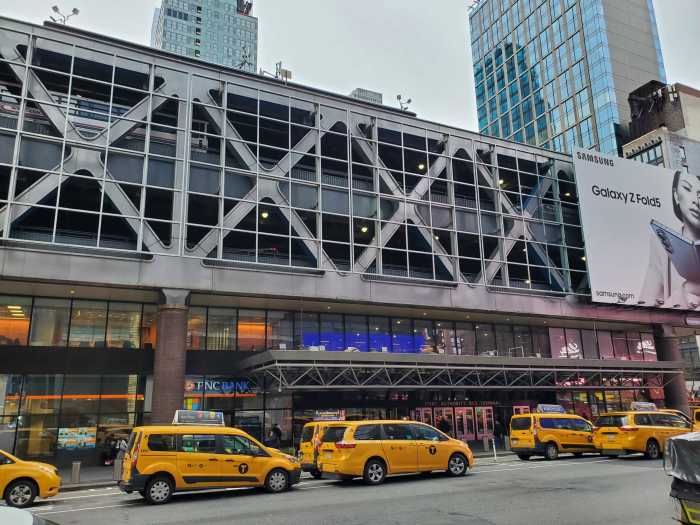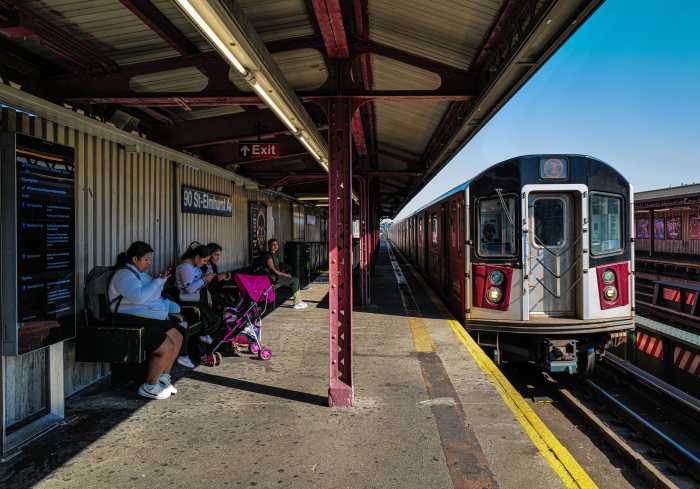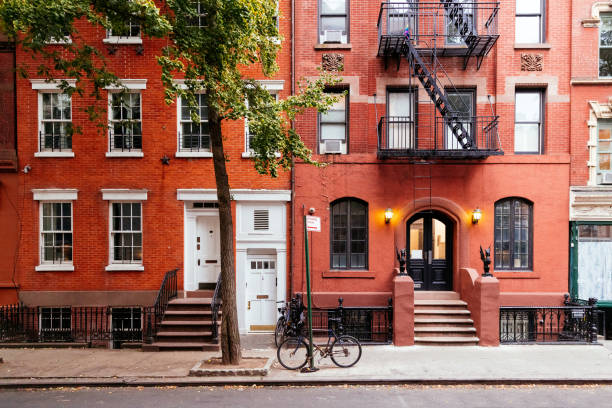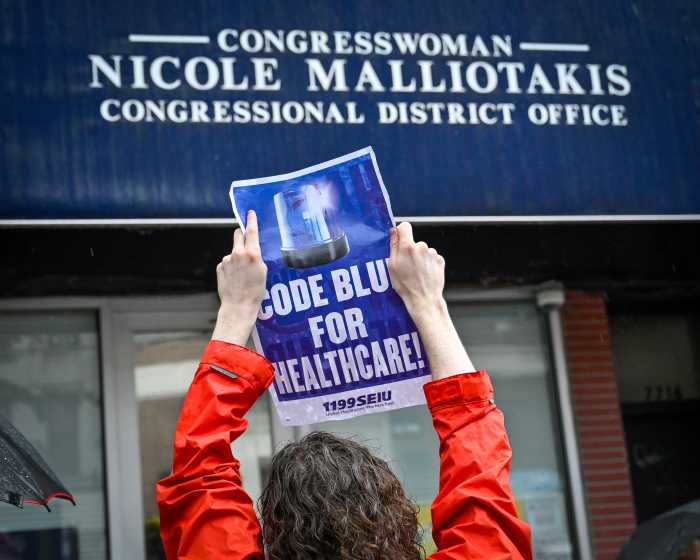Manhattan Borough President Mark Levine on Wednesday called for tearing down the elevated FDR Drive in Lower Manhattan and replacing it with a ground-level boulevard.
In a video posted on X, formerly known as Twitter, Levine called the elevated highway a “massive, noisy, ugly barrier” between Manhattanites and their waterfront, and that the time has come to “tear that barrier down.”
“Let’s tear this barrier down and replace it with something beautiful,” said Levine.
Levine, a Democrat who previously served in the City Council, said that the southerly section of the FDR should be replaced with a “beautiful new boulevard” between the Brooklyn Bridge and Battery Tunnel, fitted with “multi-use lanes, lush open plazas, direct waterfront access, and unobstructed views of the harbor.”
The borough president’s proposal was first reported Wednesday by the Daily News.
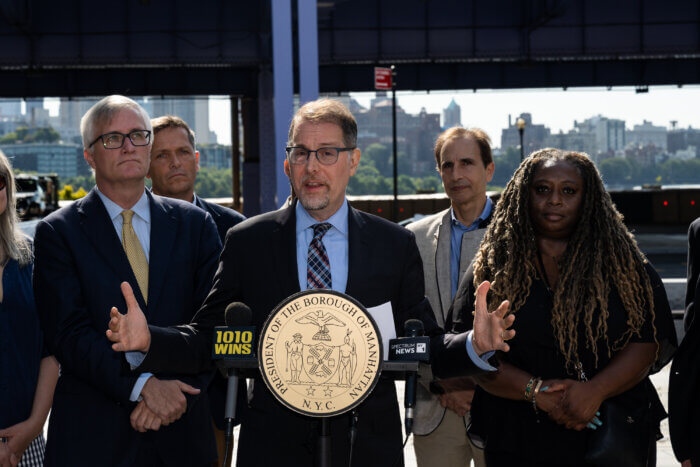
The southernmost section of the FDR, south of the Brooklyn Bridge, looms over the East River waterfront in the Financial District and serves as an ominous monolith to those heading to the East River Greenway, the South Street Seaport, or the NYC Ferry at Wall Street. The elevated stretch is the least trafficked part of the FDR as it is, Levine said.
There’s plenty of precedent for tearing down old, unsightly highways. The West Side Highway was elevated and extended all the way to the Battery for much of the twentieth century, but was poorly maintained and saw a major collapse in 1973; the structure was ultimately torn down south of 59th Street, becoming a street-level boulevard that has allowed the Hudson River waterfront to flourish.
Cities across the country are also considering tearing down or covering up urban highways that were developed with little care for who they displaced or the communities they separated. In New York, the state is moving forward on a project to tear down the elevated Interstate 81 viaduct in downtown Syracuse, rerouting traffic to new ground-level streets. In the Bronx, the city is seeking community feedback on capping the Cross-Bronx Expressway, while in Brooklyn, the city is hoping to redesign the crumbling, maligned triple cantilever of the Brooklyn-Queens Expressway.
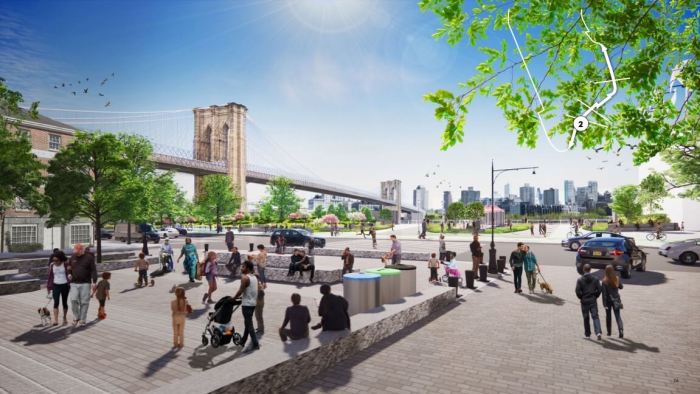
Like the Cross-Bronx and the BQE, the elevated FDR was built by Robert Moses, New York’s master builder whose projects displaced hundreds of thousands of people from their homes and severed existing communities.
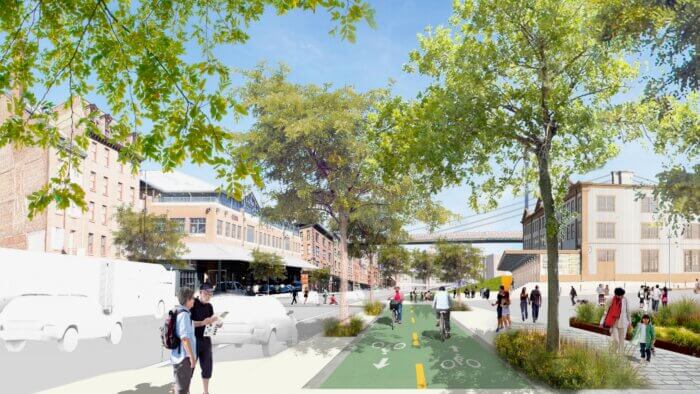
Levine hopes to leverage grant money from the federal infrastructure bill explicitly tailored to communities split by highway development. The Department of Transportation’s Reconnecting Communities and Neighborhoods grant makes $1.75 billion available to states and localities to pursue restoring communities split by prior infrastructure projects.
The borough president suspects the grant could cover “much of the cost” of the FDR project, but the deadline to apply for funds is coming up on Sept. 28.
“We need to act now,” Levine said at a press conference in Lower Manhattan Wednesday. “We want to seize this opportunity to do something big and bold.”
Levine also said it “makes so much sense” to pursue the project at the same time as the East Side Coastal Resiliency project, which aims to protect the east side of Manhattan from more frequent floods brought about by climate change. That project has led to the controversial closure of East River Park so it can be elevated, protecting it from floodwater.
A spokesperson for the mayor’s office said City Hall is “reviewing” Levine’s proposal, but noted that the lower section of the FDR is owned by the state and would require their signoff to apply for a grant. The governor’s office did not return a request for comment.
Read more: NYC’s New Pay-by-Plate Parking System
